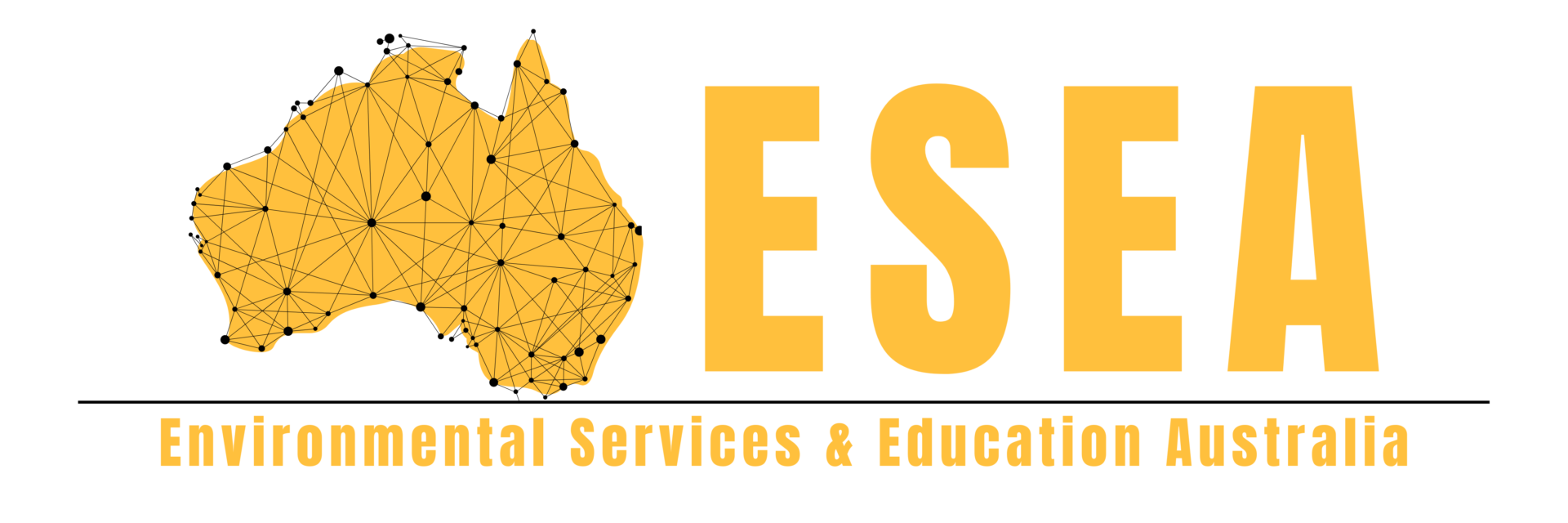Project Ecologist
We Are
Experts in Project Ecology
A Project Ecologist brings together technical expertise in ecology, biodiversity assessment methods, and legislative compliance to provide comprehensive ecological advice throughout the development process. The involvement of a project ecologist is essential during the development application (DA) process in New South Wales. They balance development needs with environmental conservation and sustainability, ensuring compliance with environmental regulations and sustainable practices.
When you engage ESEA as your project ecologist, we undertake the following tasks:
Stakeholder Engagement:
We engage with the developer and relevant stakeholders, including (where appropriate) government agencies, local communities, and indigenous groups to understand the needs of the developer and any underlaying environmental features, regulations, and constraints applicable to the subject site. The project ecologist may facilitate consultations to address concerns and gather additional information that may influence the ecological assessment and inform development design.
Legislative Compliance:
As project ecologist, we ensure that your proposed development complies with relevant environmental legislation, such as the Environmental Planning and Assessment Act 1979, Biodiversity Conservation Act 2016, and Environment Protection and Biodiversity Conservation Act 1999 and follows the guidelines and policies set by regulatory bodies such as local councils.
Ecological Impact Assessment:
Our project ecologists conduct Ecological Impact Assessments to evaluate the potential effects of a proposed development on the local ecosystem and environment. This involves identifying and characterising ecological communities, habitats, and species present in the project area, and assesses the overall impact of proposed development after all avoidance and mitigation measures are considered.
Biodiversity Assessment Method (BAM):
The project ecologist may utilise the Biodiversity Assessment Method (BAM) to quantify the biodiversity value of the site. This method involves assessing the significance of flora, fauna, and ecological communities. Conducting flora and fauna surveys involves collecting data on plant and animal species present within the proposed development area. The project ecologist employs field sampling techniques, such as transect surveys and habitat assessments to gather accurate and reliable information.
Identification and assessment of threatened species and ecological communities are crucial components of our work. Our project ecologists consider the ecology and conservation status of these entities to determine the potential impacts of the proposed development on their health and population wellbeing.
Detailed vegetation mapping and classification may be performed to understand the existing vegetation structure and composition within the proposed development site. This information aids in assessing the potential impact of clearing vegetation for the development.
Mitigation and Offset Strategies:
Recommending mitigation and offset strategies is a key role of our project ecologists. The project ecologist proposes measures to avoid, minimise, or offset the impacts of the development on the ecological values of the area, ensuring adherence to the principles set out in the the Biodiversity Conservation Act 2016.
Environmental Impact Statement (EIS):
Our project ecologist may prepare an Environmental Impact Statement. This document outlines the ecological findings, potential impacts, and proposed mitigation measures to address and minimise adverse effects of the proposed development on the environment.
Consulting
Committed To Quality
Environmental consulting is a dynamic field that requires adaptability and a commitment to ongoing improvement. At ESEA, we embrace a culture of continuous learning and improvement, allowing us to stay at the forefront of industry best practices.
Choose ESEA for environmental consulting services that go beyond mere compliance – we’re your partner in building a sustainable and resilient future.
We Follow Best Practices
We stay abreast of the latest regulations and practices to ensure our clients receive the most accurate and up-to-date guidance, ensuring that your project remains in full compliance with all relevant laws and regulations.
- Quality Outputs
- Optimal Solutions
- Efficient Timelines

